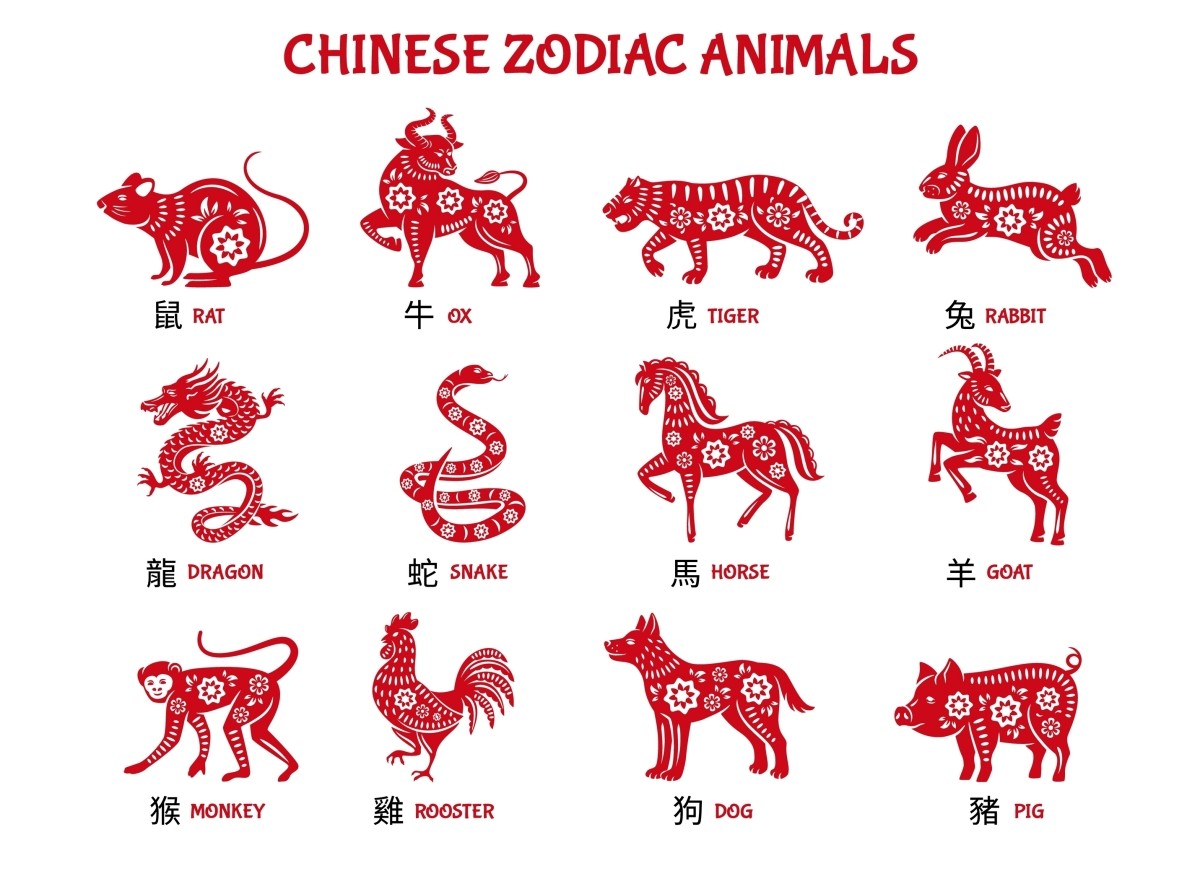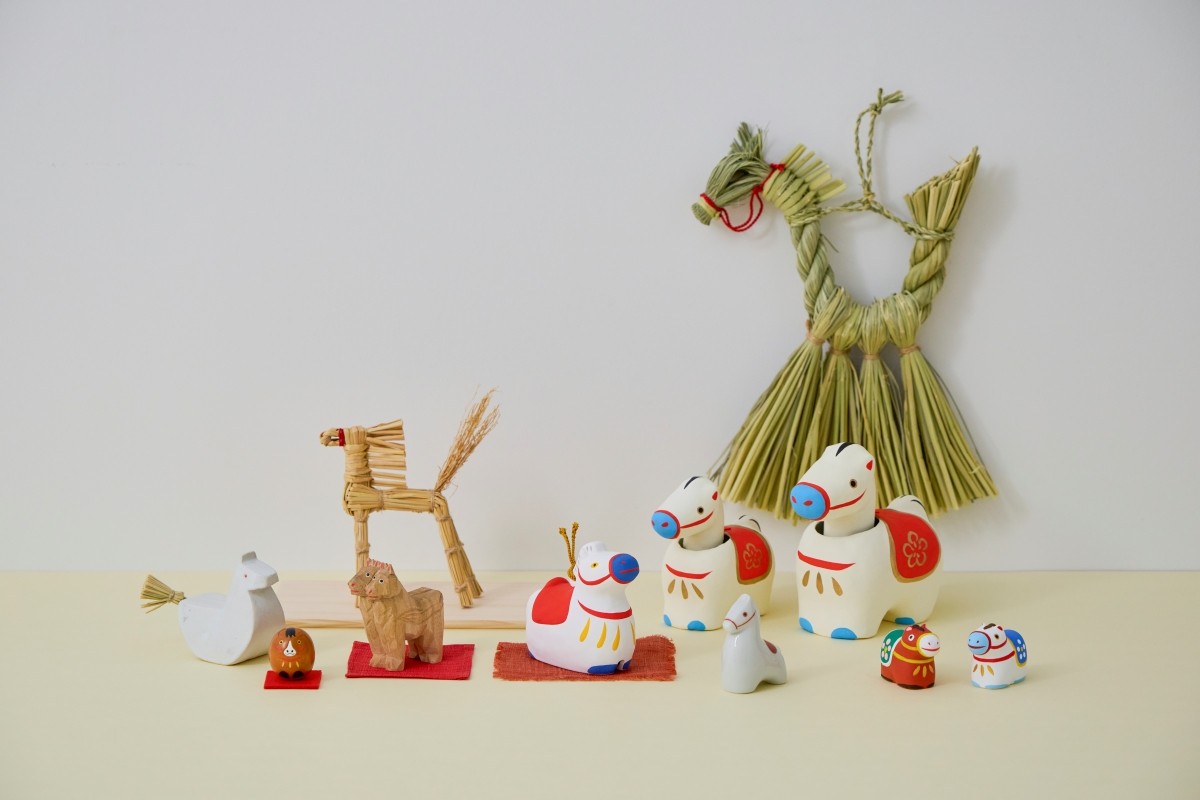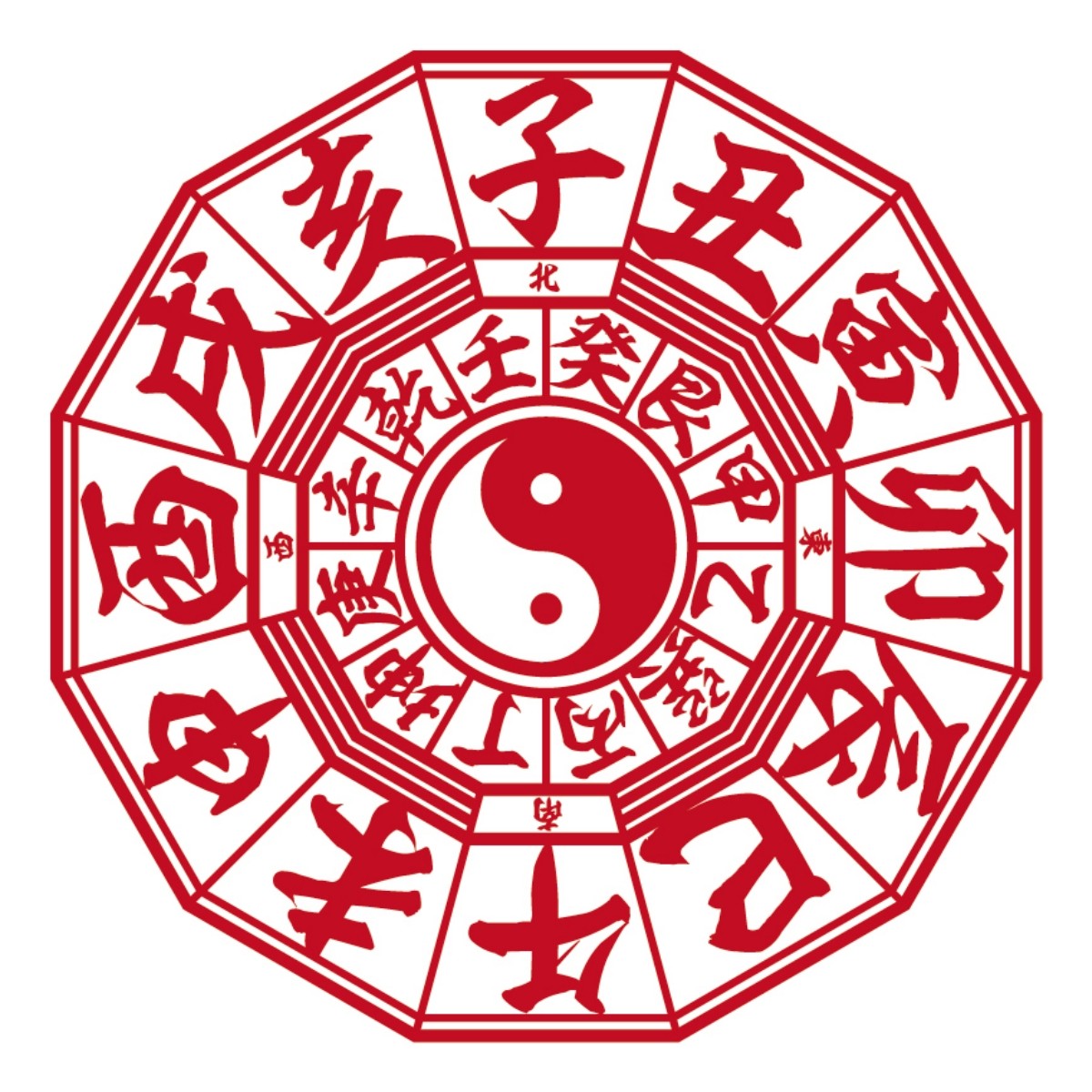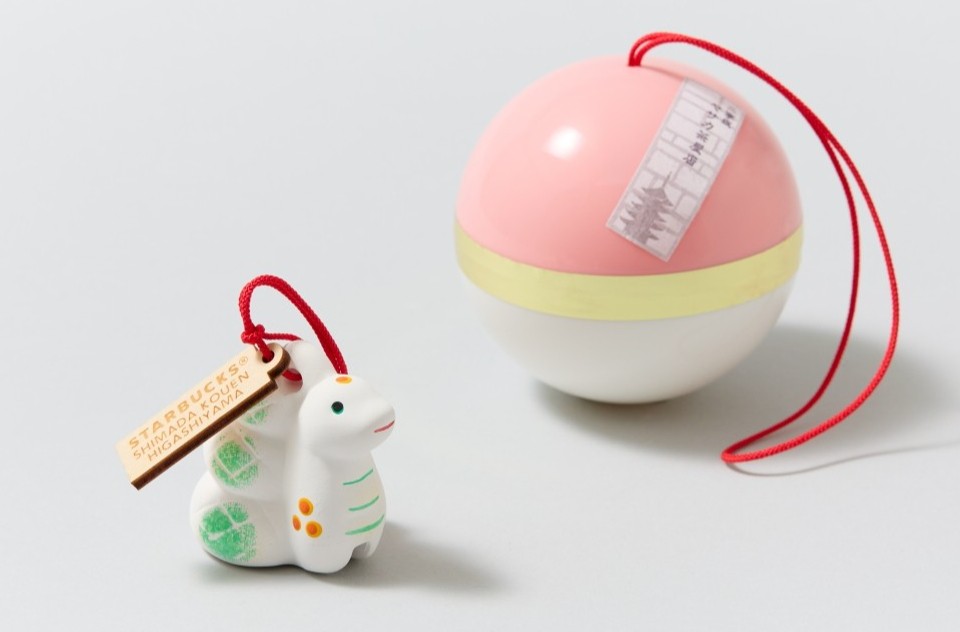
The zodiac sign (干支 / eto) for 2026 (next year) is the Horse. The zodiac is not just a calendar concept but is also used for fortune-telling to diagnose personality traits and is displayed as a lucky charm for the New Year, making it deeply rooted in Japanese culture. In this article, we will explain the basic knowledge and cultural significance of the Japanese zodiac, as well as provide a detailed look at the zodiac signs for 2025 and 2026. By reading this article, you will gain a solid understanding of the order and meaning of the zodiac signs and be able to welcome the coming year with even more enjoyment.
Basic Knowledge and Meaning of the Japanese Zodiac "Eto"
The zodiac or Eto has long been a part of daily life in Japan. First, let’s take a look at the basics and the animals of the twelve zodiac signs.
What You Should Know! The Japanese Eto and the Twelve Animals (Jūnishi)

The term “eto” (干支) originally refers to a calendar system that combines the “Ten Heavenly Stems” (十干 / Jikkan) and the “Twelve Earthly Branches” (十二支 / Jūnishi), which completes a cycle every 60 years. The Ten Heavenly Stems consist of ten elements such as Kinoe (甲 - wood yang), Kinoto (乙 - wood yin), Hinoe (丙 - fire yang), and Honoto (丁 - fire yin), and are said to represent the flow of the heavens. On the other hand, the Twelve Earthly Branches use twelve animals—Rat, Ox, Tiger, Rabbit, Dragon, Snake, Horse, Sheep, Monkey, Rooster, Dog, and Boar—to represent the years.
[The Twelve Zodiac Animals]
- Rat (子 / Ne)
- Ox (丑 / Ushi)
- Tiger (寅 / Tora)
- Rabbit (卯 / U)
- Dragon (辰 / Tatsu)
- Snake (巳 / Mi)
- Horse (午 / Uma)
- Sheep (未 / Hitsuji)
- Monkey (申 / Saru)
- Rooster (酉 / Tori)
- Dog (戌 / Inu)
- Boar (亥/ I)
In modern times, it is common to refer to just these twelve animals as the “eto.” Each animal has a symbolic meaning and is also enjoyed as a guide for personality and fortune-telling.
The Reason Behind the Order of the Zodiac

The order of the zodiac comes from an old folktale.
Once upon a time, a god announced, “On New Year’s Day, I will assign the role of guarding each year in turn to those who come to greet me first.” The animals then raced to the god. The clever Rat rode on the back of the Ox and jumped off just before the finish line, arriving first. After that came the Ox, Tiger, Rabbit, and so on, with the Boar dashing in last to become the twelfth.
This story is the origin of the zodiac order and also influences the personality images associated with each animal.
Different Zodiac Animals in Japan and Other Asian Countries

In Japan, the last zodiac sign is the Boar, but in countries such as China, South Korea, and Thailand, the Pig is more common. In some regions, the Goat is used instead of the Sheep.
Even though the zodiac is shared, the animals differ by country due to cultural and customary differences. These variations highlight the fascinating diversity and shared culture of the zodiac across Asia.
Check the Zodiac for Each Year! [2025 & 2026 Edition]
Here, we will introduce a list of the zodiac signs for 2025 and 2026, as well as the next twelve years.
The Zodiac Sign for 2026

The zodiac sign for 2026 is Hinoe-uma (丙午 - fire yang horse), and the animal is the Horse. Since ancient times, the year of Hinoe-uma has been said to carry an impression of strong luck and energetic power, and it is believed that positive actions attract good fortune. With next year’s zodiac in mind, it might be a good opportunity to take a new step forward.
The Zodiac Sign for 2025

The zodiac sign for 2025 is Kinoto-mi (乙巳 - wood yin snake), and the animal is the Snake. This zodiac symbolizes wisdom and change, and it is said to be a year that harbors a strong will beneath a calm surface. In 2025, calm judgment and flexibility will be required. It is expected to be a year in which efforts focused on learning and transformation are likely to succeed.
List of Zodiac Signs from 2025 to 2037
| Year | Zodiac Sign | Animal |
| 2025 | Kinoto-mi (乙巳 - wood yin snake) | Snake |
| 2026 | Hinoe-uma (丙午 - fire yang horse) | Horse |
| 2027 | Hinoto-hitsuji (丁未 - fire yin sheep) | Sheep |
| 2028 | Tsuchinoe-saru (戊申 - earth yang monkey) | Monkey |
| 2029 | Tsuchinoto-tori (己酉 - earth yin rooster) | Rooster |
| 2030 | Kanoe-inu (庚戌 - metal yang dog) | Dog |
| 2031 | Kanoto-i (辛亥 - metal yin boar) | Boar |
| 2032 | Mizunoe-ne (壬子 - water yang rat) | Rat |
| 2033 | Mizunoto-ushi (癸丑 - water yin ox) | Ox |
| 2034 | Kinoe-tora (甲寅 - wood yang tiger) | Tiger |
| 2035 | Kinoto-u (乙卯 - wood yin rabbit) | Rabbit |
| 2036 | Hinoe-tatsu (丙辰 - fire yang dragon) | Dragon |
| 2037 | Hinoto-mi (丁巳 - fire yin snake) | Snake |
The Role of the Zodiac in Japanese Culture and Daily Life
The zodiac is an essential cultural symbol in Japanese New Year events and life milestones. Let’s take a look at the role of the zodiac in Japanese culture and daily life.
New Year’s Customs and the Zodiac

In Japan, New Year’s cards and ornaments featuring the zodiac are indispensable. Especially with New Year’s cards, it is common to send illustrations of the animal of the coming year’s zodiac. Zodiac figurines (such as clay bells or wooden carvings) are also displayed as lucky charms. The custom of celebrating the New Year through the zodiac is a uniquely Japanese tradition that deepens family and community bonds.
For example, Nakagawa Masashichi Shoten, a lifestyle goods store founded 300 years ago in Japan and based on traditional crafts, releases a variety of items each year featuring the zodiac animal of the coming year.
👉Click here for a special tax-free coupon usable at Nakagawa Masashichi Shoten stores
Birth Year and the Zodiac
The zodiac is also a symbol of one’s birth year, and it has long been believed that the zodiac sign of your birth year influences your personality and fortune. In particular, the year when your own zodiac sign comes around again, known as “Toshi-otoko” or “Toshi-onna,” is considered special and is associated with warding off evil and making a fresh start. The 60th birthday, called “Kanreki” (還暦), is also a milestone when the zodiac cycle returns to your birth year, and is a traditional event celebrating longevity and rebirth.
Trivia and How to Read the Kanji of the Zodiac Signs
Now that you have a basic understanding of the zodiac, let’s explore some additional knowledge to help you enjoy the zodiac even more.
How to Read the Kanji of the Zodiac
| Kanji | On’yomi (Chinese reading) | Kun’yomi (Japanese reading) |
| 子 | Shi | Ne |
| 丑 | Chū | Ushi |
| 寅 | In | Tora |
| 卯 | Bō / Mō | U |
| 辰 | Shin | Tatsu |
| 巳 | Shi | Mi |
| 午 | Go | Uma |
| 未 | Bi | Hitsuji |
| 申 | Shin | Saru |
| 酉 | Yū | Tori |
| 戌 | Jutsu | Inu |
| 亥 | Gai / Kai | I |
In Japanese, each zodiac sign has two ways of reading its kanji: on’yomi (Chinese reading) and kun’yomi (Japanese reading). For example, “子” is read as “Shi” in on’yomi and “Ne” in kun’yomi. Similarly, “丑” is “Chū/Ushi,” “寅” is “In/Tora,” and so on.
The kanji readings of the zodiac are used in calendars and historical documents, while the kun’yomi, which are the animal names, are more familiar in daily life. By learning these readings, you can gain a deeper understanding of the origins and cultural background of the zodiac.
The Image of Animals in Japanese Culture
| Animal | Symbolic Good Fortune / Meaning |
| Rat (Nezumi) | Prosperity of descendants, wealth, energy |
| Ox (Ushi) | Diligence, abundance, perseverance and progress, steady advancement |
| Tiger (Tora) | Attracting wealth, strong vitality, warding off evil |
| Rabbit (Usagi) | Leap forward, improvement, safety, family peace |
| Dragon (Tatsu) | Power, success, ambition, career advancement |
| Snake (Hebi) | Wealth, wisdom, vitality |
| Horse (Uma) | Health, progress, business development, good harvest |
| Sheep (Hitsuji) | Family harmony, peace, tranquility, expanding connections |
| Monkey (Saru) | Wisdom, luck in competition, warding off misfortune |
| Rooster (Tori) | Business prosperity, beginning of time |
| Dog (Inu) | Safe childbirth, effort, human connections |
| Boar (Inoshishi) | Good health, progress, courage and conviction |
Each zodiac animal has its own symbolic meaning, such as the rat representing “prosperity of descendants” and the ox symbolizing “diligence and abundance.” These animals are also used as symbols of personality and fortune in zodiac fortune-telling.
The Twelve Zodiac Signs Also Represent Time and Direction
The twelve zodiac signs not only represent years, but in ancient times, they also indicated the time of day and directions.

| Zodiac Sign | Direction | Modern Time |
| Rat (Ne) | Due North | 11:00 p.m. – 1:00 a.m. |
| Ox (Ushi) | North-northeast | 1:00 a.m. – 3:00 a.m. |
| Tiger (Tora) | Northeast | 3:00 a.m. – 5:00 a.m. |
| Rabbit (U) | Due East | 5:00 a.m. – 7:00 a.m. |
| Dragon (Tatsu) | East-southeast | 7:00 a.m. – 9:00 a.m. |
| Snake (Mi) | Southeast | 9:00 a.m. – 11:00 a.m. |
| Horse (Uma) | Due South | 11:00 a.m. – 1:00 p.m. |
| Sheep (Hitsuji) | South-southwest | 1:00 p.m. – 3:00 p.m. |
| Monkey (Saru) | Southwest | 3:00 p.m. – 5:00 p.m. |
| Rooster (Tori) | Due West | 5:00 p.m. – 7:00 p.m. |
| Dog (Inu) | West-northwest | 7:00 p.m. – 9:00 p.m. |
| Boar (I) | Northwest | 9:00 p.m. – 11:00 p.m. |
The twelve zodiac signs represent directions by dividing a circle into twelve equal parts. Due north is called "Ne (Rat)" and due south is called "Uma (Horse)", and they are arranged in a clockwise order. The line connecting "Ne (子 - north)" and "Uma (午 - south)" is the origin of the word "shigosen" (子午線 - meridian) used in modern geography.
In addition, in old Japan, such as during the Edo period, the day was divided into twelve zodiac signs, with each sign representing about two hours. The way of telling time using these signs still remains in modern language. For example, "shōgo" (正午 - noon) refers to the middle of the "Uma no koku" (午の刻 - hours of the horse), which is 12:00 p.m. The time before "Uma" (午 - noon) is called "gozen" (午前 - a.m.), and the time after "Uma" is called "gogo" (午後 - p.m.).
In this way, the zodiac signs are not only symbols of the year, but are also deeply connected to spatial concepts such as time and direction, and they continue to live on in Japanese culture and language today.
The Zodiac as a Symbol of Japanese Culture
The zodiac "eto" is more than just a calendar—it is a "symbol of culture". It is an essential part of Japanese life, appearing in New Year's greetings, New Year's cards, and celebrations such as kanreki (60th birthday). It can be fun to look up your own zodiac sign, talk about it with Japanese friends, or search for zodiac-themed goods. Through the zodiac, you can experience the profound depth of Japanese culture that has continued since ancient times.





Comments